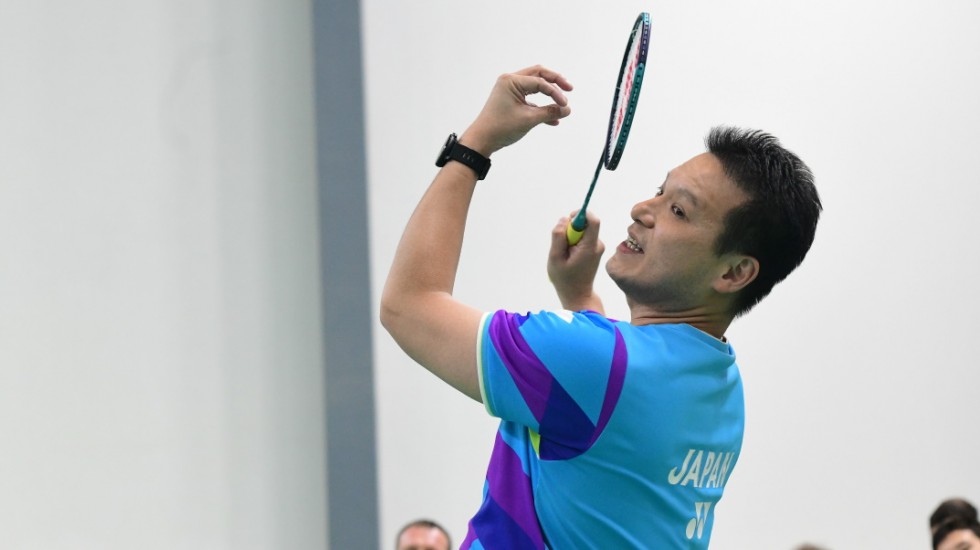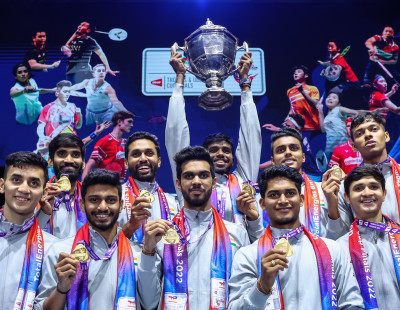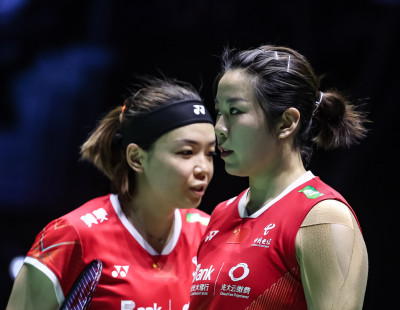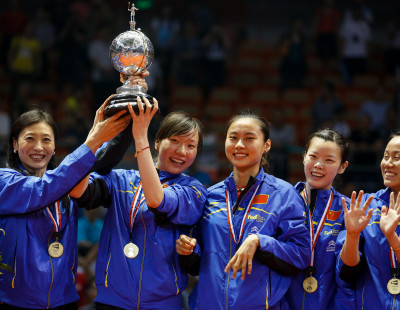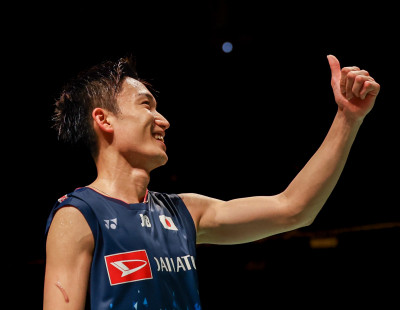Former Malaysian doubles star Lee Wan Wah had a group of players and coaches in rapt attention as he took them through some basic techniques and tactics in doubles badminton.
Wan Wah, currently national junior team coach with Japan, was conducting the clinic on invitation from BWF, during the BWF World Junior Championships 2019. Some 10 coaches and 50 players from Russia, USA, Kazakhstan, Belarus, Tahiti, Lithuania, Uzbekistan, Mongolia and Finland watched him improve the effectiveness of shots with subtle changes in hitting technique and body position.
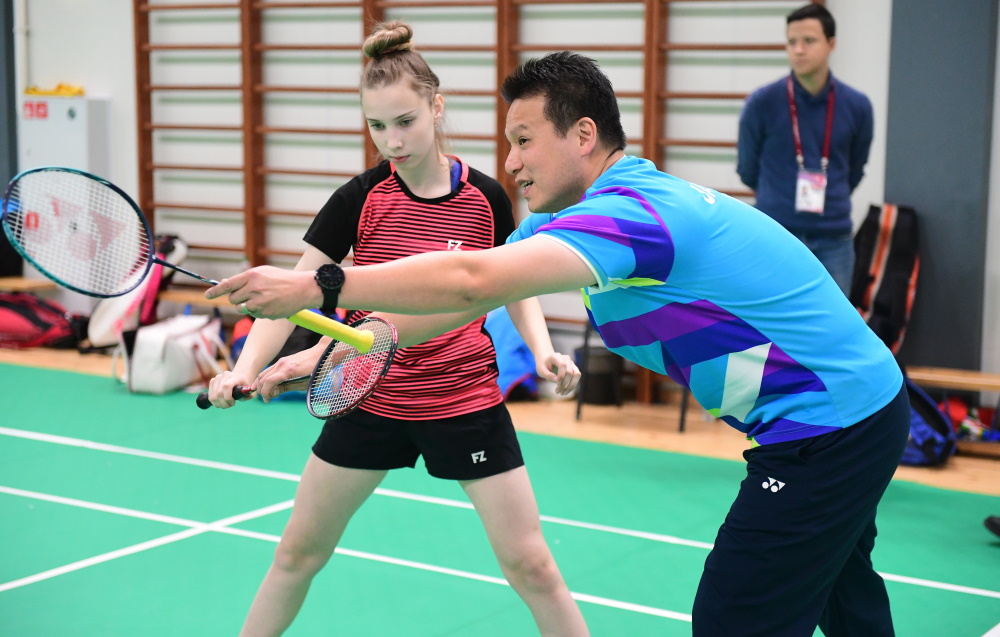
Wan Wah was one of the best doubles players of his time. He struck a profitable partnership with Choong Tan Fook, winning two World Championships bronze medals, two Asian Championships and Commonwealth Games gold medals, besides a clutch of other titles, including the Malaysia Open and the Singapore Open. Following his retirement, he started a badminton academy with a few of his former compatriots, before getting a call from Japan to assist in their national junior programme.
Before starting the session, Wan Wah dwelled on his playing days and the challenges of handling Japan’s junior team.
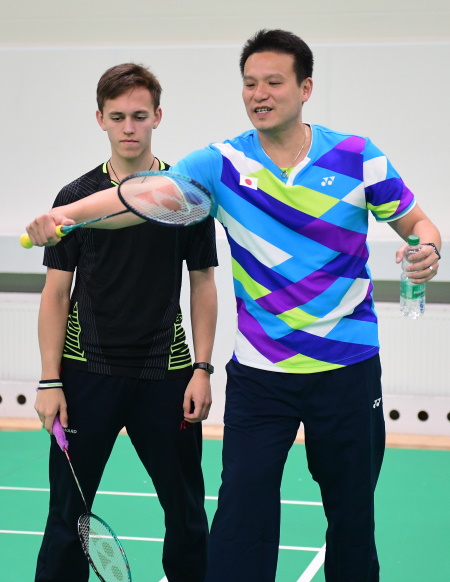 “It’s been six months since I moved to Japan; my role is with the boys’ team, I focus on doubles. They have had a good system in place for a long time. In Japan the junior team is composed of those studying in school. The age group of the core team is 11 to 18. When they go to junior high school, usually the better ones will be enrolled in special schools and stay there away from family.”
“It’s been six months since I moved to Japan; my role is with the boys’ team, I focus on doubles. They have had a good system in place for a long time. In Japan the junior team is composed of those studying in school. The age group of the core team is 11 to 18. When they go to junior high school, usually the better ones will be enrolled in special schools and stay there away from family.”
Badminton, he said, had changed since his playing days – it had become faster, and he acknowledged the challenge of working with young players.
“There’s a huge difference,” Wan Wah said, on badminton’s evolution. “My era, when I started, it was 15 points. That was very different to this system. Even from the time the 21-point system started to now, there’s a huge difference. The players are getting faster, and the power is so great now. Some of it due to technology. Now the (physical) training is more specific, due to the sports science that’s advanced.
“The biggest challenge for me is the mind of players. To me as a coach, I try to use the best of what they have. Each player is different. His style might not suit my type of training, so I have to find another type of training for him. It’s difficult because you can’t be doing personal skills for each player. So usually we go around a basic kind of training, and how he can evolve from there.”
Haven’t the fundamentals remained the same?
“The fundamentals are the same, (but)… you don’t see much defence. Mostly you see front court and mid-court shots because they’re so powerful, nobody is there to defend anymore. But that’s one of the main elements in doubles.”
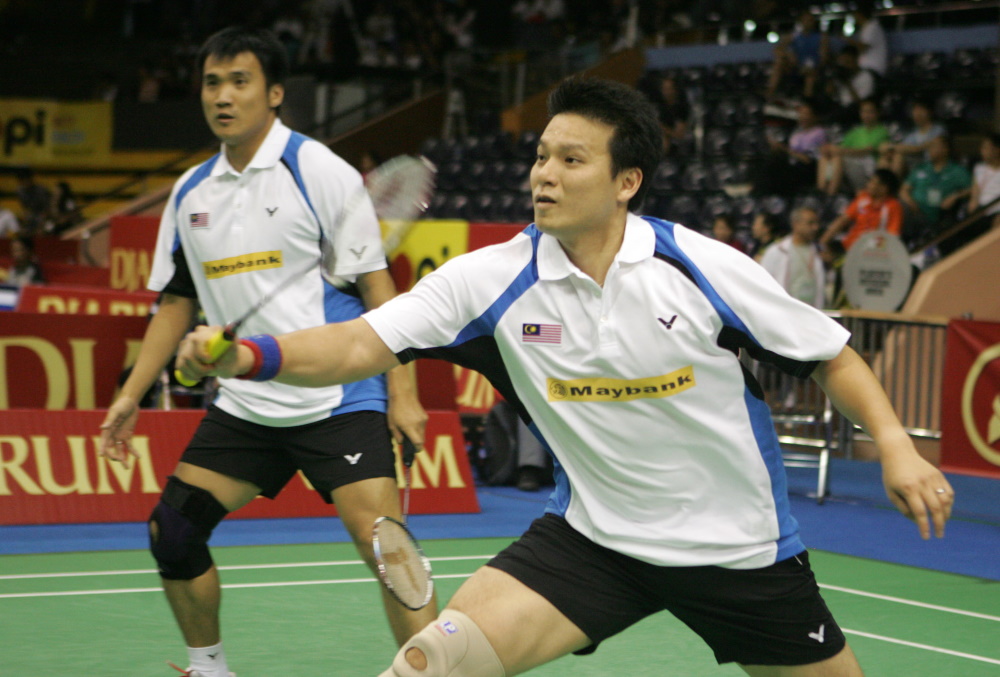
Lee Wan Wah (right) and Choong Tan Fook in their playing days.
How will Wan Wah, brought up in the Malaysian system, adapt to the Japanese style? Or is there a specific Japanese style of badminton?
“Of course most of them have their own style. Japanese tend to play fast, but they’re not as powerful as the rest. Chinese players are fast and powerful. Whereas for Malaysia it’s a bit of everything.
“I wouldn’t say I would change their style too much, but I will try to cater to each individual. At the junior level the most important thing is the basics. Not much of changes in tactics, because they cannot adapt so fast.”
How does he address juniors trying to copy the style of their idols?
“It is very normal for kids to copy their idols. I see at the training centre kids copying Momota. Of course you can copy but is your game suitable for his game? I would tell the players to modify it and make it your own, you don’t need to be 100 per cent like Momota.”
Where does he see badminton going over the next five years?
“When you look back at singles, the game has more rallies now, compared to when we started 21 points. When we started, everyone wanted to go fast. Now their defence is stronger, so you wouldn’t want to attack when you’re not ready. It’s more tactical, and how you build the game to kill the shot.”


















